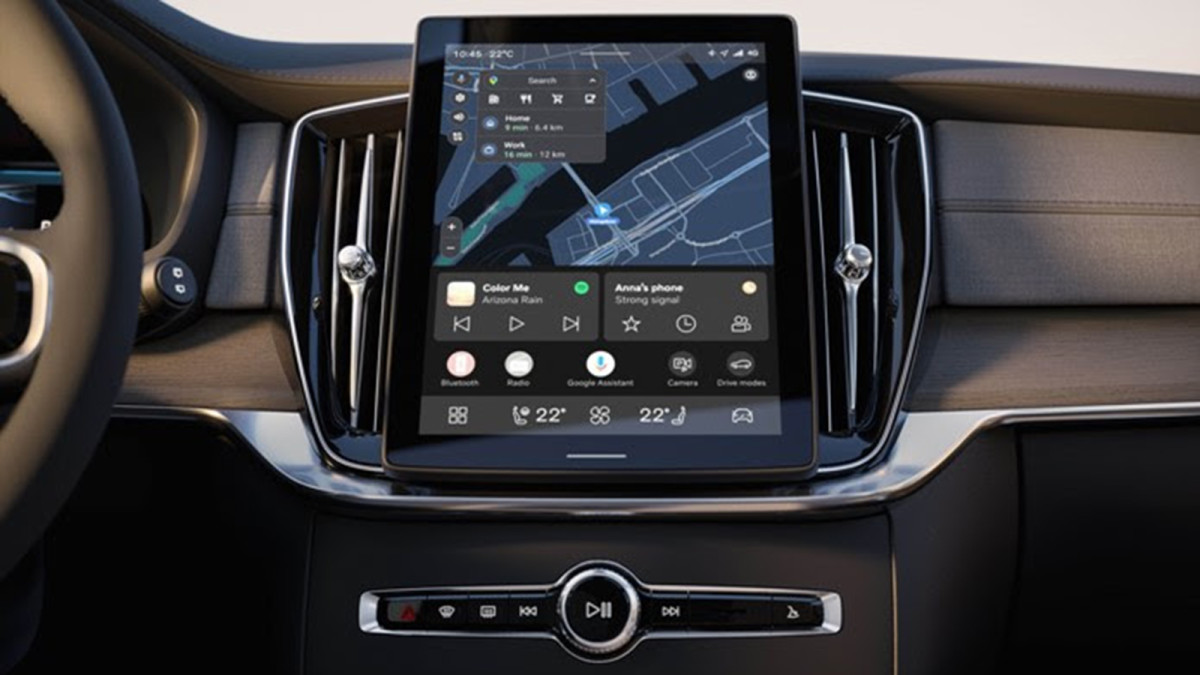
Outside of modest updates here and there, sometimes the addition of Apple CarPlay, most cars' infotainment systems on the market are going to be the same as they were when they were built. Lots of things change between generations of vehicles, so it's not always feasible. But Volvo is trying something new by making its latest infotainment available to older models of vehicles. In fact, cars built as far back as 2020 will be able to upgrade.
To be more specific, the infotainment system that will be available is the one that's rolling out on the EX30, EX90 and refreshed XC90. We've tried it a few times briefly, and it does offer some notable benefits such as having more shortcut buttons available at all times, reducing the amount of taps and backtracking needed to bounce between functions. We have lamented that some of these newer models are too reliant on the touchscreen, but that will hopefully be less of an issue on older cars that have more information and functionality elsewhere in the vehicle (such as an instrument screen and more physical switchgear).
Volvo will be sending out the updates over the course of next year. They are over-the-air updates. The Volvos that are compatible are those with an Android-based operating system built in 2020 or later. This includes a long list of models including the following: C40, XC40, EX40, EC40, S60, V60, V60 Cross Country, XC60, S90, V90, V90 Cross Country and XC90.
Volvo did not say whether a fee will be associated with the update, so we presume it will be a free update for owners, similar to an operating system update for a cellphone. What we'll be curious to see is how well the new system runs on older hardware. Ideally, it should run basically the same, but we're bracing for the potential of it running a bit slow on older cars. Here's hoping Volvo's software team really optimized the new infotainment for old hardware.
